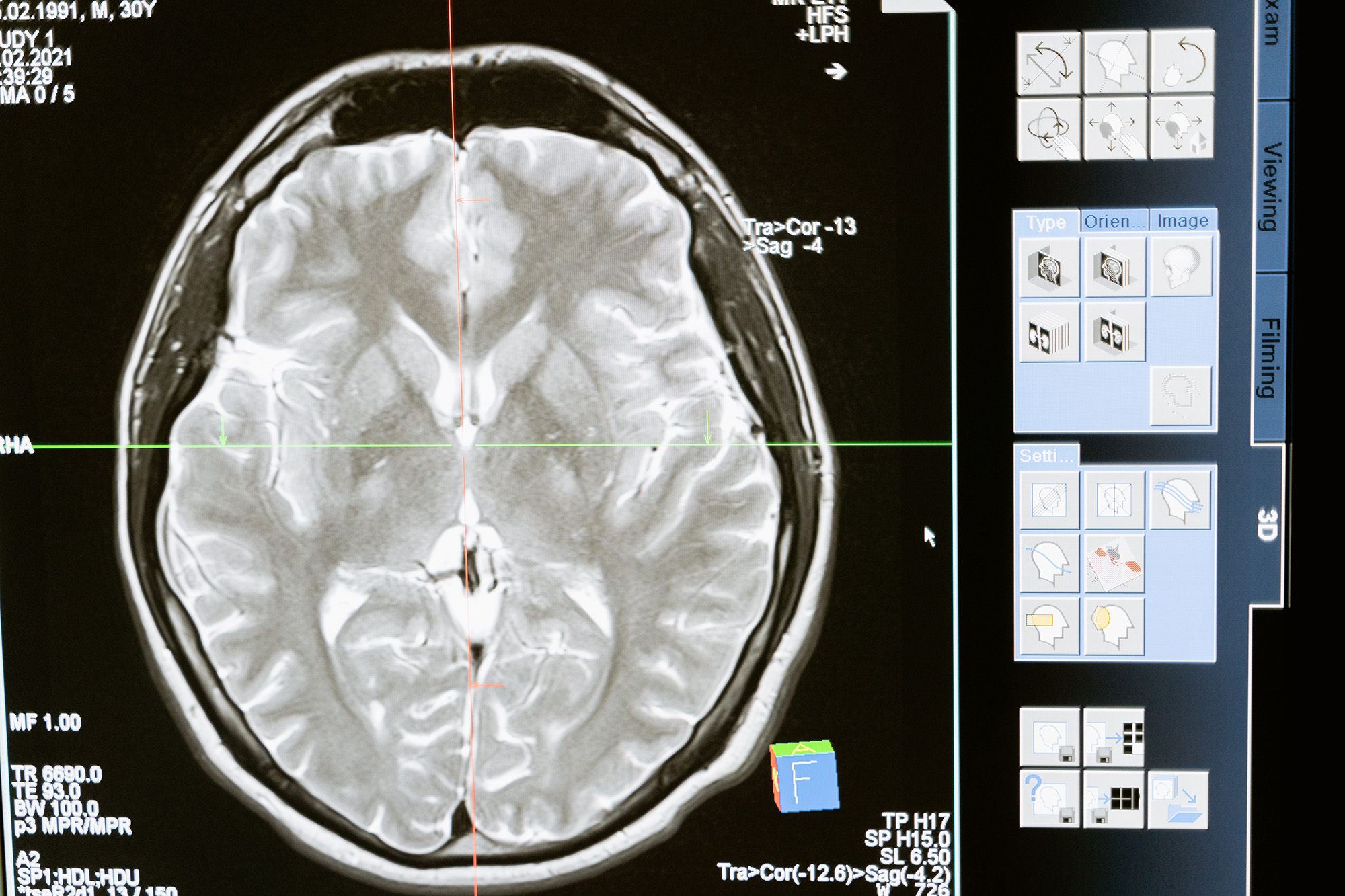Traumatic brain injury (TBI) is a severe medical condition that affects millions of people worldwide. It occurs when an external force causes damage to the brain, leading to a range of physical, cognitive, and emotional impairments.
Introduction
Autonomic dysreflexia is a medical condition that can occur in individuals who have sustained a spinal cord injury. It is a potentially life-threatening condition that requires immediate medical attention. In this blog post, we will delve into the causes, symptoms, and treatment options for autonomic dysreflexia.
Causes
Autonomic dysreflexia is triggered by a noxious stimulus below the level of injury. Some common triggers include bladder or bowel distension, urinary tract infections, pressure sores, and even tight clothing. When these triggers occur, the body’s autonomic nervous system responds abnormally, resulting in a cascade of symptoms.
Symptoms
The symptoms of autonomic dysreflexia can vary from mild to severe. Common symptoms include a sudden increase in blood pressure, severe headache, flushing or sweating above the level of injury, nasal congestion, goosebumps, and a slow heart rate. Individuals experiencing these symptoms may also feel a sense of anxiety or discomfort.
Immediate Actions
If you or someone you know experiences symptoms of autonomic dysreflexia, it is crucial to take immediate action. First, the individual should be seated upright to help lower blood pressure. Then, remove any tight clothing or other potential triggers. Next, check for common triggers such as a full bladder or bowel impaction and address them promptly. If the symptoms persist or worsen, seek immediate medical attention.
Treatment
The primary goal in treating autonomic dysreflexia is to identify and remove the underlying trigger. For instance, if the trigger is a full bladder, catheterization or emptying the bladder may be necessary. If a pressure sore is the cause, proper wound care and relief of pressure should be initiated. In some cases, medication may be required to help lower blood pressure.
Prevention
While it may not be possible to prevent autonomic dysreflexia entirely, there are steps that individuals with spinal cord injuries can take to minimise the risk. Regular monitoring of bladder and bowel function, maintaining good hygiene, and managing pressure sores effectively are all important preventive measures. It is also crucial to educate family members and caregivers about the condition to ensure timely intervention if symptoms arise.
Conclusion
Autonomic dysreflexia is a serious medical condition that requires immediate attention. Understanding the triggers, symptoms, and appropriate actions to take can help individuals with spinal cord injuries manage this condition effectively. By being proactive in prevention and prompt in seeking medical assistance, individuals can reduce the risks associated with autonomic dysreflexia and lead a better quality of life. If you’d like to talk to one of our team for more information on receiving support, please contact us here.



